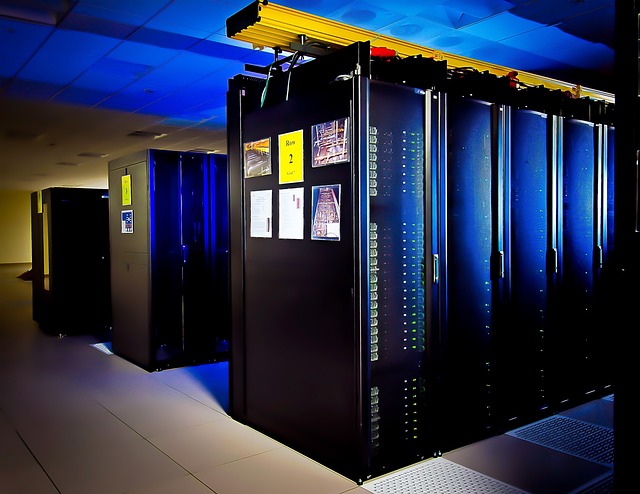Telecom & Technology Consulting

One of the most negative concepts for IT leaders is “legacy systems.” The term brings to mind slow, outdated technology that’s ready for the scrapheap. It’s technology that must be replaced in order for the organization to remain competitive and get ahead.
After all, there are new business processes to adopt, new market challenges to meet, and new employee requirements. Legacy technology, says conventional wisdom, will not only hinder growth – it will cost you a lot while you fall flat on your organizational face.
That’s because legacy systems aren’t flexible. They monopolize resources. They’re difficult to integrate with digital tools.
While there is some truth to those perspectives, they are also too generalized. Legacy systems still provide an immense amount of business value.
At this point it’s helpful to define what we mean by a legacy system. In most circles, a legacy system is at least 10 years old, so we can include mainframes servers, smartphones, even Oracle databases and the Microsoft Office Suite,
Enterprises in all industries still get solid bang for their buck with all the aforementioned. They foster productivity and drive growth.
In that sense, legacy systems aren’t “legacy” because they represent older technology – they’re “legacy” because they’re built to remain relevant.
They adapt to changing business landscapes. Workers spanning different generations know how to use them. And contrary to what some firmly believe, they integrate nicely with the hardware and software that lives in their environments.
This isn’t just my opinion. Many of our CIO clients deliver relevant systems and services for internal teams based on “older” technology. Employees embrace them because they seamlessly allow them to work at high-levels. They integrate with the latest and greatest in digital.
In short, those dusty old machines and software still provide a heck of a lot of value to the organization.
And that value comes from not only the relevance of legacy systems, but also their reliability. Year after year – even decade after decade – they keep on charging along, unimpeded by innovation.
In fact, the fact that they’re so reliable means that organizations have confidence to employ them as mission-critical systems.
Of course, it would be purposefully delusional to claim that legacy systems are without potential problems. Yet when you consider the cost of replacing them versus the reality that they continue to deliver value, you can’t help but think, “If it ain’t broken, don’t fix it.” Or with a modern spin, “If it still works well, don’t replace it.”
In that light, legacy systems provide what every CIO values over anything – peace of mind. On top of that, in the cases where some type of workarounds are necessary user familiarity will outweigh the high (and often hidden) costs of company-wide change. That’s a key point to keep in mind, as change in itself isn’t inherently beneficial; you have to consider the negative ramifications of swapping out the old for the new.
The lesson for CIOs is this: From Agile to traditional waterfall development to software purchasing and installation, always choose resilient technology. That means performing quality-testing, choosing a solution that can adapt to future requirements, and prioritizing an intuitive user experience.
Another benefit of legacy systems – due to their longevity – is that consultants and service providers are extremely familiar with them. So when it comes to support and training, there will be a wealth of potential options.
Whoever you choose can jump into the project right away – whereas with newer technology, you may be hard pressed to find qualified consultants (and even if you do locate the right people, they might require training themselves to provide the specific service you requested).
That adds yet another layer of peace of mind for CIOs. They know that if an issue comes up, they’ll easily be able to find expert consultants. In addition, since legacy systems are a constant source of work, vendors continually invest in education and training. They also publish APIs so clients can integrate third-party software and add new functionality as needed.
We understand that it can be challenging to hang on to legacy systems. There’s the lure of the shiny new thing; if it’s the latest innovation, by definition, it must be than technology from the past. There can be legitimate pressure from other executives and stakeholders to implement what they perceive as “must-have” solutions.
Yet despite their genuine intentions, those people tend to come from sales, marketing, operations, and other non-technical backgrounds. Only you can fully assess the value of retaining legacy systems. And only you can understand the true reliability, usability, easy support, and relevance offered by these older systems.
Focus on what works. Remember what people like to use to do their jobs. New technology may come and go, but systems that provide value will always stand the test of time.